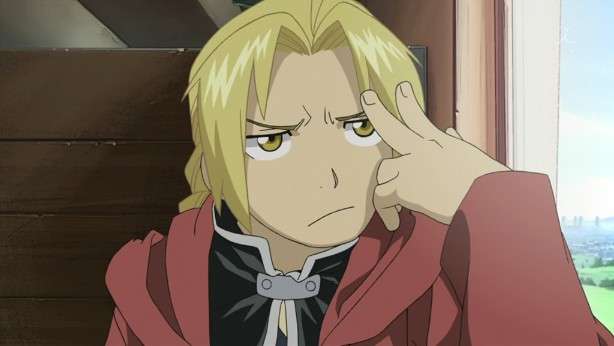
In the first part of this article, I examined the effects associated with pornography use, both child and adult, and how they encourage personality traits that can lead to sex crimes. In brief, porn use links to increased aggression, particularly if you have aggressive traits, skewed sexual perspectives, and misogyny. With pedophiles and sex offenders, porn use encourages these and other traits that can lead them to commit sex crimes. In the case of several manga artists, the possession of child pornography became a major problem. A few acted out toward minors.
This brings us to the question of how manga (and by extension anime) contributes to the problem. I have to remind you that the majority of people who consume anime and manga and the majority of creators do no offend. However, there is a subset that has problems.
Let’s start with with the environment. While Japan outlaws ownership of sexual content of anyone below the age of 18, it isn’t well enforced (Osaki, 2015; Bailey, 2017). In the case of Nobuhiro Watsuki, the creator of Rurouni Kenshin: “[h]is legal punishment was a fine of only 200,000 yen, equivalent to $1,780. Watsuki was suspended for only half a year before he was back to work at Shueisha, the publishing company behind the Shonen Jump line of magazines, and writing The Hokkaido Arc as usual” (Baron, 2020). Not to mention questionably aged characters are common throughout manga and anime without repercussions.
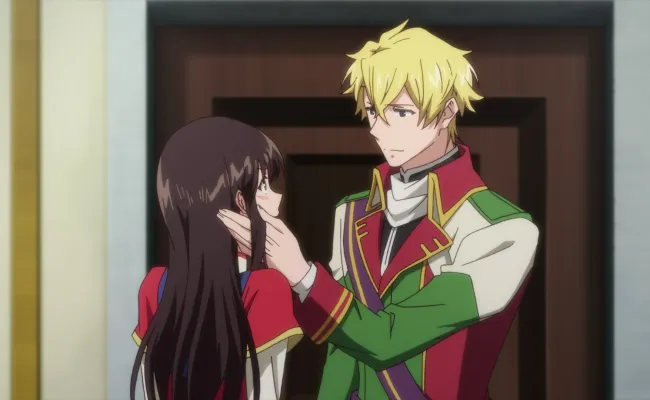
The confluence of pornography and personality traits along with the tendency of pedophiles to be “more likely than other sex criminals to use symbolic ways of satisfying sexual urges” sits at the heart of the matter. For many people, manga/anime characters are sexually arousing. If this wasn’t the case, hentai wouldn’t exist. While the manga artists I mentioned in Part 1 weren’t hentai artists, and Watsuki isn’t known for questionable content in Rurouni Kenshin, the environment of manga encourages risque scenes and character designs. We know this as fan service.
It would be possible for a closet pedophile to use their manga as a symbolic way to satisfy their urge. Lolicon characters make no bones about appealing to this desire. Likewise, as we know from studies of pornography and just observing how humans learn, consumption of lolita content will change your perspective, particularly if you are a teen or young adult whose sexual identity is still in development.
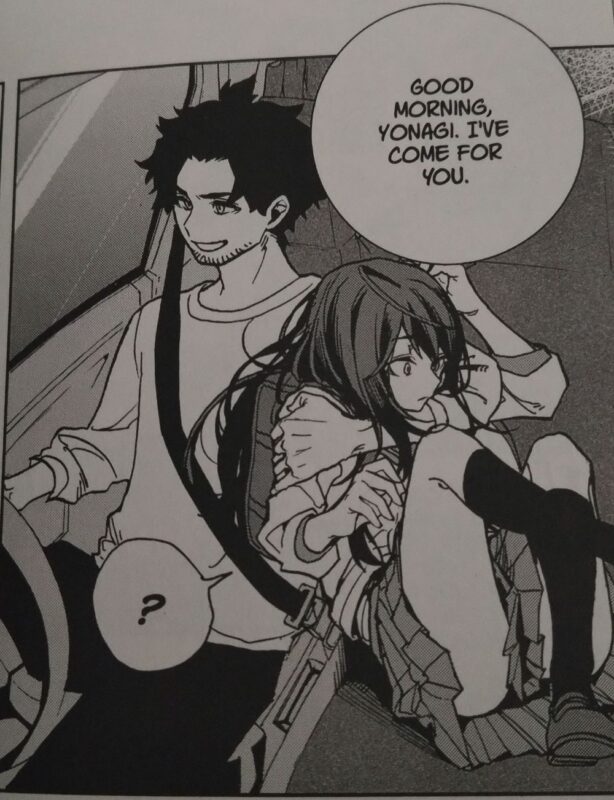
When I read act-age, the usual tropes and scenes took on a different vibe with what I knew of Tatsuya Matsuki’s crime. In the manga, the 35-year-old Sumiji Kuroyama would hold and carry 16-year-old Kei Yonagi. Kei’s character wasn’t too far from the same age as the middle-school girls Tatsuya offended against. Without knowing of his case, I would have chalked up the interactions with the usual uncomfortable anime tropes (or manga tropes in this case), but now these uncomfortable tendencies could point to symbolic outlets on the part of the author and encourage similar symbolic outlets for the work’s audience.
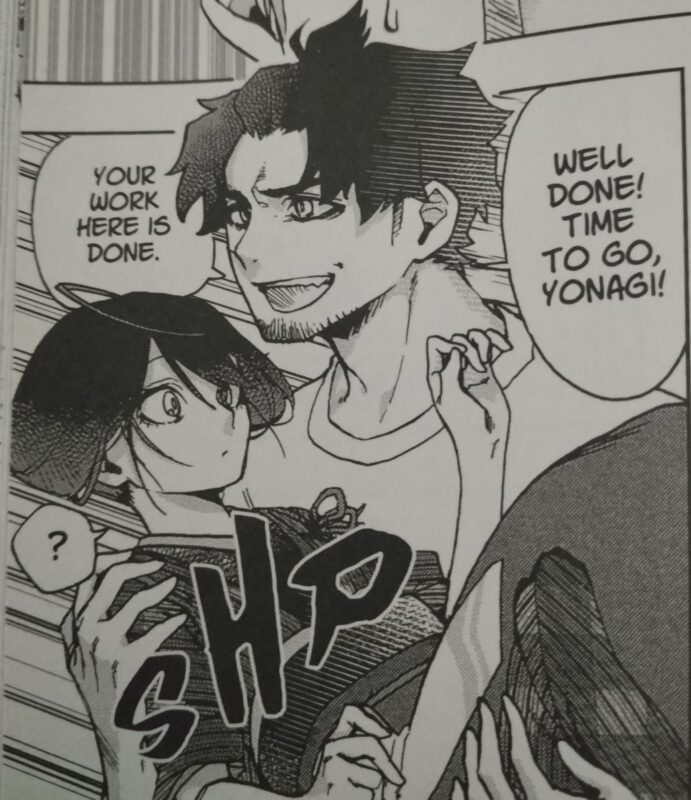
Even Japanese culture scenes like public baths can take on a different connotations, particularly when they involve a character that is shown as a lolita character. The innocence of such character’s behavior doesn’t translate well when you are cynical, even when you understand the cultural context.
So what does all this mean? Does manga influence such crimes or do the traits of the creator influence the manga? The short answer: both and neither. Creators can’t help but put something of themselves into what they create. Likewise, we know media consumption provides the framework for how we think. So it is possible for a creator who creates hentai or some other sexually (or violent-focused) media to show some inner trait and reinforce it at the same time. This isn’t say all creators who make “deviant” content are themselves deviant. These people are the minority. However, the problems of anime/manga’s exploitative sexuality remains troubled.
Does manga and anime contribute to sex crime? Yes.
The evidence surrounding pornography (as I explained in the first part of this article) shows how sexual imagery can escalate behavior. As Heraclitus stated, “The Soul is dyed the color of its thoughts.” What messages we consume influences our thinking. So yes, manga and anime contribute to sex crimes, and perhaps even those of manga artists. Likewise, violent media contributes to violence because of the thoughts it induces. Of course, not everyone is influenced the same way. Some people think better than others. Other souls are dyed by the influence of others. The majority of people won’t commit a crime, but a few will.
What’s the solution?
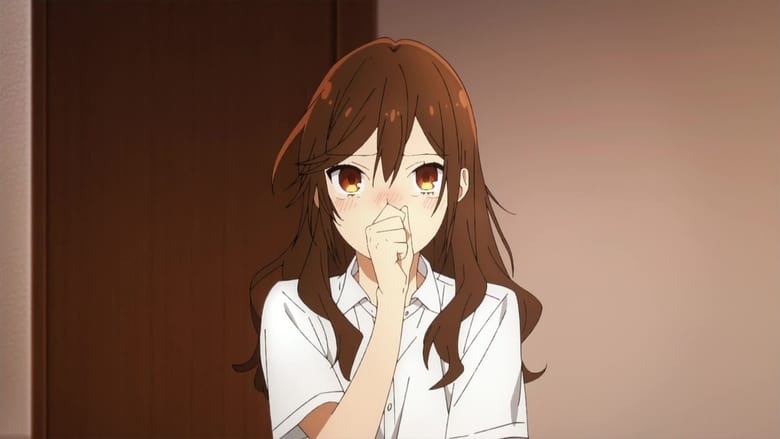
There’s no solution. Each person, you and me, is responsible for their own mind. If you have any of the traits I’ve discussed in this examination, you need to avoid media that encourages such thinking. Instead, work on your thinking. Censorship of manga and anime isn’t the answer either, because all messages can influence someone’s thinking in a negative way. It’s impossible to know which messages will influence a person in a negative direction while the same message can be a possible influence on someone else. Likewise, censoring draws more attention to the content and prevents discussion like this one. Censorship can become a sexual fetish. That said, child pornography, extreme violence, violent sexuality, and similar inhumane things have no redeeming factors. They need to remain socially unacceptable.
What’s the take away?
The take away from all of this is to beware your thinking and know yourself. If you have certain tendencies and traits as I’ve explained, work to change them. Manga and anime can influence you in negative ways if you have certain traits. Avoid pornography: it doesn’t have redeeming factors and only encourages hurtful thinking and aggression.
If you work to become a manga artist, consider your attractions and inner traits along with the work you produce. While few of us will commit crimes as the manga artists in part 1 did, we need to always remember Heraclitus’s adage with a addition: “The soul is dyed the color of its thoughts; thoughts are colored by what the mind consumes.” With the adage in mind, we can choose to consume manga and anime and other media that builds character while still being entertaining. Many stories have great themes and moral lessons. Turn your mind to those instead of sexual comedies and other amusements. I find good time-use benefits from keeping the reality of death in mind. While this seems extreme–after all, you just want to chill to some anime!–keeping the value of your time in mind can help you make better choices. While the manga creators have ruined their careers and caused other difficulties for themselves, they also spent hours with questionable media. And this media, in turn, distorted their thinking by re-enforcing traits and desires that weren’t healthy.
References
Bailey, Sue. (2017). Pornography? Child sex doll trial raises issue of what constitutes child porn. Canadian Press, The.
Baron, Reuben (2020) Rurouni Kenshin: Why Creator Nobuhiro Watsuki is Controversial CBR. https://www.cbr.com/rurouni-kenshin-why-nobuhiro-watsuki-controversial/
Baseel, Casey (2017) Creator of Rurouni Kenshin anime/manga admits to possession of child pornography. SoraNews24 https://soranews24.com/2017/11/22/creator-of-rurouni-kenshin-anime-manga-admits-to-possession-of-child-pornography/
Baseel, Casey (2021) Manga/anime creator Kenya Suzuki arrested for importing child pornography from Europe SoraNews24 https://soranews24.com/2021/12/21/manga-anime-creator-kenya-suzuki-arrested-for-importing-child-pornography-from-europe/
D’iachenko, A. P., & Tsymbal, E. I. (2013). The Specific Deviant Behavior of Pedophiles. Sociological Research, 52(4), 84–93. https://doi-org.oh0164.oplin.org/10.2753/SOR1061-0154520403
Hughes, C. (2021). Germany police bust major child pornography website with 400K members. UPI Top News.
Kingston, D. A., Fedoroff, P., Firestone, P., Curry, S., & Bradford, J. M. (2008). Pornography use and sexual aggression: the impact of frequency and type of pornography use on recidivism among sexual offenders. Aggressive Behavior, 34(4), 341–351. https://doi-org.oh0164.oplin.org/10.1002/ab.20250
Osaki, T. (2015, October 22). Groups criticize Japan’s tolerance of child pornography, call for stricter laws. Japan Times.
Peters, Megan (2021) Another Manga Creator Has Been ARrested Over Child Pornography Suspicions. comicbook https://comicbook.com/anime/news/manga-anime-artist-arrest-pornography/
Pineda, Rafael Antonio (2020) Court Hands Suspended Sentence to act-age Manga Writer Tatsuya Matsuki for Indecent Act. Anime News Network. https://www.animenewsnetwork.com/news/2020-12-23/court-hands-suspended-sentence-to-act-age-manga-writer-tatsuya-matsuki-for-indecent-act/.167765.
Steinberg, S. (2019). Changing Faces: Morphed Child Pornography Images and the First Amendment. Emory Law Journal, 68(5), 9
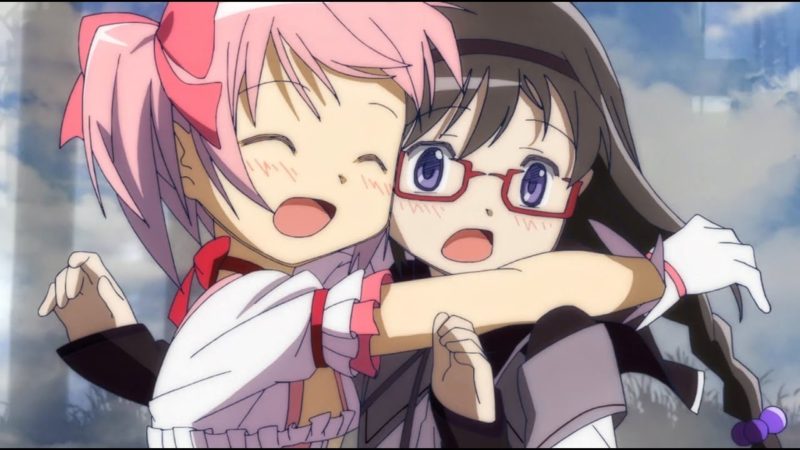
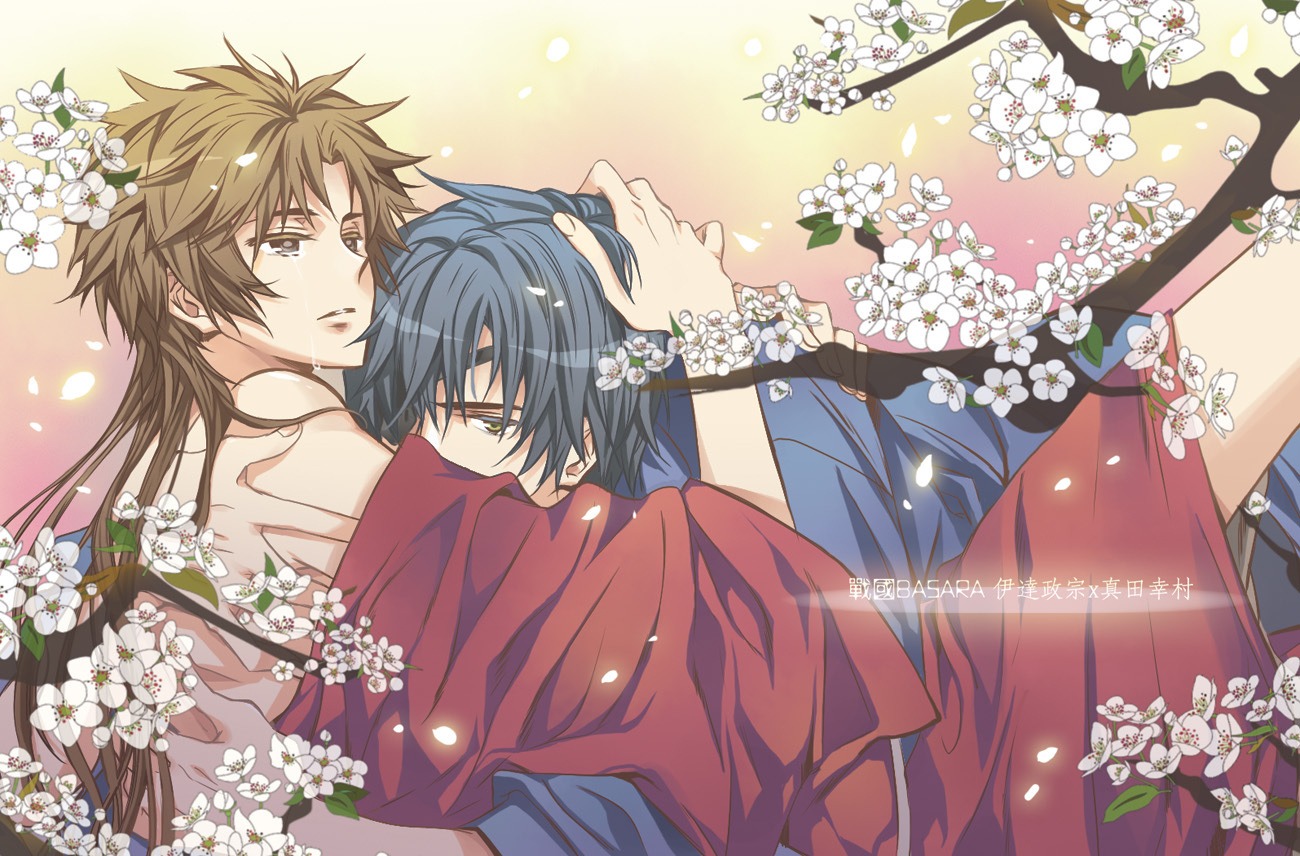
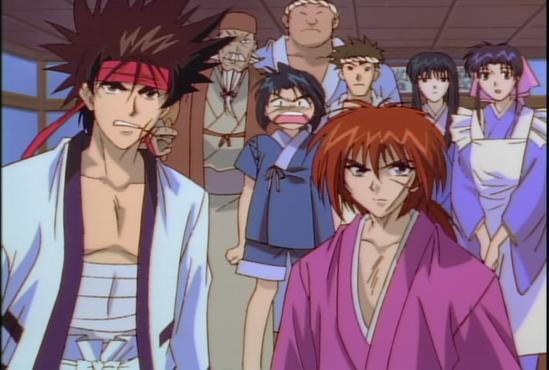
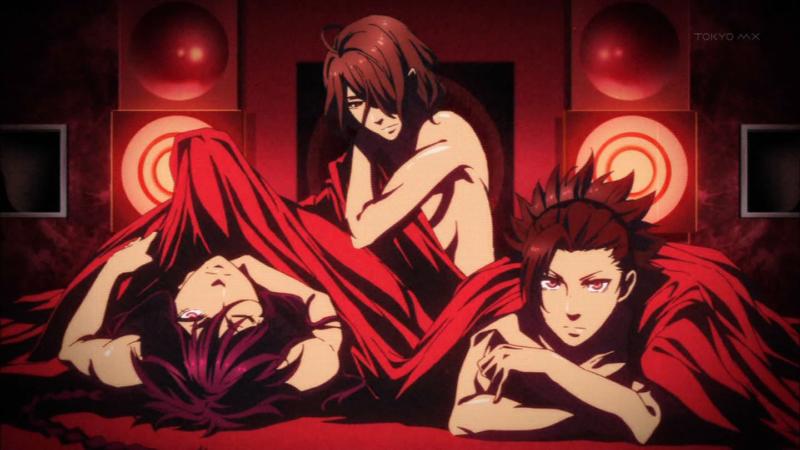
Japanese culture is presently wrestling with some old values versus a genuine attempt to modernize attitudes, particularly about misogynistic and sexually exploitative treatment of women and girls. Some of this has resulted in more public coverage; but these are old issues in the country of the seifuku.
Unless something has recently changed, I believe the national age-of-consent in Japan is still thirteen-years, though most local jurisdictions enforce regional laws with variously higher ages. Offensive behaviors, such as the groping of women and girls on trains are old and intractable problems, long exacerbated by the Japanese tradition to “maintain harmony” by not complaining. And it wasn’t that long ago that you might even see the occasional man on crowded commuter train openly reading a porn manga intentionally held where it could be seen by everyone. However, recent years have seen increasing intolerance of sexual offenders, more willingness by women to report them, and even some publicized prosecutions (unusual, as even a convicted criminal can legally sue for “defamation” of his character). But there remains a substantial gray area of what I’d refer to as “kawaii” exploitation. And I’d contend that some manga at least feeds off of it, and perhaps even contributes to its normalization.
There’s an enduring Japanese image of women as “Christmas cakes”, expired after the 25th. Openly, this can be seen in variously marginal industries from “maid bars” frequented by older salarymen to young runaways doing business with “kusojijii” (unpleasant old men) on Kabukichō street corners. Economics drives much of this; but Japanese perceptions of a very youthful version of female sexuality also encourage it while allowing much at the less public margins to be socially ignored. However, the point where Japanese culture distinguishes exploitation from abuse is presently undergoing a shift, some of which I think has been reflected in recent headlines.
My Japanese female friends have discussed the “Christmas cake” problem with me; they are independent women focused on their careers and doing what they want, which seems to make it hard for them to find relationships in Japan. They’ve told me things are changing, as you describe, but it’s likely going to be a decades-long process.
In many ways, anime and manga and Japanese media are more honest than American media. I remember the child beauty pageant shows on some cable networks. I wonder if a show like “To Catch a Predator” would work on Japanese TV.We can hope the shift will continue and spread to anime and manga. It would improve the quality of their storytelling.
I think a big issue that needs to be pointed out is how terrible sex education is in Japan. I know in America, it’s very meh. But in Japan, it seems to be a lot worse. A Japanese reader of Shonen Jump pointed this out a while back and there’s really no female editorial input in Shueisha.
This is from August 2020. You can definitely use this for context. https://www.animenewsnetwork.com/interest/2020-08-21/online-petition-demands-content-warnings-for-sexual-violence-in-weekly-shonen-jump/.163133
Plus, there’s a manga about sex education (Sex Ed 120%, licensed by Yen Press), which I heard is 1000 times better than what standardized education tells anyone: https://play.google.com/store/books/details/Sex_Ed_120?id=SJYjEAAAQBAJ&gl=US
The law help in some way, but culture still has a profound impact and loopholes will be found.
Some time ago, I had a discussion about anime/manga’s sexuality with a library patron who enjoys watching anime with his teen daughters. We got into the sexual components, and he pointed out how it seems the “mystery” of sexuality and opposite-gender body parts drive fan service. The lack of sex education and this observation make a lot of sense when considered together.
Thank you for the links! I really need to start reading more manga than I do. The number of manga I’ve read is quite low. I’ve read more light novels than manga.